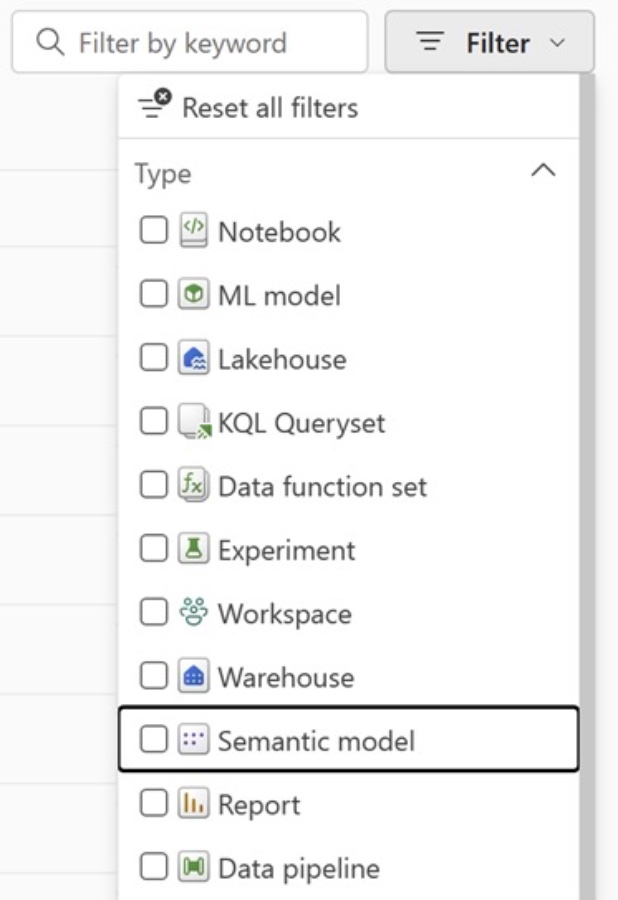- All of Microsoft
Transition from Datasets to Semantic Models Explained
Uncover insights with Microsofts transformation of Power BI datasets to enterprise-grade semantic models for more clarity and usability.
Power BI is taking a significant step forward by renaming 'Datasets' to 'Semantic Models'. This change aims to improve clarity and usability within the Power BI platform, acknowledging the advanced level of semantic modeling technology Power BI provides today. 'Semantic Model' will highlight the system's powerful capabilities.
The evolution of Power BI over the past eight years has positioned it as a leader in self-service and IT-managed enterprise business intelligence (BI). This platform, part of the Microsoft 365 suite, enables rapid insights for business analysts without relying heavily on IT. As Power BI has grown, it has met customer demands for scalable, secure, and manageable analytical solutions.

Recognizing the need for scalable analytics, Power BI ensures its solutions can handle vast data volumes while maintaining security and governance. Power BI's 'semantic models' serve as trusted sources for reporting, facilitating data consistency and informed decision-making across large organizations.
With the introduction of Microsoft Fabric, a new chapter for analytics is unfolding. Fabric represents a unique, unified analytics solution, promoting data consistency and aiding in avoiding vendor lock-in. Its inclusive approach to data formats and services is setting new standards for delivering analytics projects.
The term 'dataset' no longer captures the full essence of the functionality within this new era of Fabric. To reflect the wide range of applications, workloads, and services that could generate 'semantic models', the term needs an update. This change emphasizes the depth of the platform's features beyond what 'dataset' implies.
Microsoft, a company well-known among Citizen Developers has long been recognized for its expertise in semantic modeling within the enterprise sector. Lauded consistently by Gartner, and with its technology utilized broadly in the market, Microsoft's legacy in this field is comprehensive. Power BI's success is also supported by a vast network of developers and partners, a testament to its established presence in BI.
The transition from 'Datasets' to 'Semantic Models' in Power BI and Fabric will become evident within key UI elements. While the documentation will be updated to reflect this, APIs remain unchanged for now. Although this may initially disrupt some users, it will ultimately benefit product clarity and function. The timing aligns with Fabric's general availability and the rebranding of ML models, showcasing Power BI's continuous growth.
Azure's global deployment of this change is nearly finished at the time of this writing. As the platform moves towards clearer terminology, users admins will better appreciate the expansive and detailed content these 'semantic models' represent.
Further Insights on Semantic Models in Power BI
Power BI's semantic models are an integral part of business intelligence landscapes, allowing organizations to create complex data models that are easily understandable by business users. This restructuring speaks to the evolving nature of the product, ensuring terminology stays relevant to its functionalities. As semantic models become more central to business analytics, the impact of this terminology change will likely reinforce the importance of these models in representing a single source of truth across an enterprise, bolstering data consistency and supporting decision-making processes. With Microsoft's sustained leadership in this space, users can expect continued innovation and enhancement in business analytics and semantic modeling capabilities.

Learn about Datasets renamed to semantic models
A New Era for Power BI and Fabric: Transition from Datasets to Semantic Models
Microsoft is implementing a significant shift in its Power BI and Fabric platforms, renaming 'Datasets' to 'Semantic Models.' This initiative is aimed at encapsulating the ongoing evolution of Power BI datasets into a sophisticated, enterprise-grade/maturity semantic modelling technology. The renaming will not only provide greater clarity but also usability to the product, representing a considerable stride in enhancing the platforms' unique capabilities.
More than 8 years have passed since Power BI's initial announcement, and during this duration, the platform has aided self-service business analysts in gaining insights quickly and independently of IT. Power BI, as a platform, has grown to be an industry leader in both self-service and IT-managed enterprise Business Intelligence (BI).
Given the exponential increase in data volumes, Power BI users require analytical solutions that can scale up to petabytes, offer security, governance, and are easy to manage. Power BI datasets, now semantic models, offer such authoritative source of truth for reports even in the largest organizations, fostering consistent, data-driven decisions.
Microsoft Fabric's introduction earlier this year signals a new epoch for the Power BI platform. Fabric is the first truly integrated analytics solution based on a unified copy of data. Using open-standard formats and comprehensive service offerings, Fabric ensures vendor independence and mitigates data fragmentation complexity. Thus, Fabric is reshaping how analytics projects are executed.
In the 'Fabric' era, the term 'dataset' appears too general, and it doesn't capture the enriched functionality provided by these platforms. Semantic models, the new term, addresses this and more closely aligns with the expansive functionalities provided within Power BI and Fabric.
Microsoft has a strong legacy in enterprise semantic modeling. It is the only vendor to have topped the Gartner's magic quadrant for BI & analytics platforms for 16 consecutive years. The Analysis Services engine found in both SQL Server and Azure Analysis Services is the most popular semantic modeling technology in the market. Moreover, the Power BI datasets, now semantic models, are fundamentally driven by the same technology.
Today, Power BI and Microsoft Fabric have inherited a thriving ecosystem of developers, partners, and BI tools, built over several years. With the renaming of 'datasets' to 'semantic models,' things have somewhat come full circle. This change, although possibly disruptive initially, is expected to make these products more precise and user-friendly over time.
The release of this change aligns with the imminent general availability of Fabric and the renaming for ML models. Semantically, it mirrors Power BI datasets' substantial growth in becoming an enterprise-grade semantic modeling technology. As such, the renaming to 'semantic models' is set to draw more attention to the unrivaled capabilities offered by Power BI and Fabric.
A Brief Synopsis on Power BI and Fabric's Evolution
Power BI and Fabric's evolution can be seen in the significant transition from 'datasets' to 'semantic models.' This speaks to the progress made in Power BI's journey to an enterprise-grade semantic modeling technology. The term 'semantic models' was an intentional choice to embody a wide range of workloads, personas, and services. The change will make the products clearer and enhance their usability, making them even more impactful in the hands of self-service business analysts and enterprise BI management. Microsoft's deep roots in enterprise semantic modeling have paved the way for an ecosystem of developers, partners, and BI tools that continue to favorably shape the field. Overall, Microsoft's innovative solutions like Power BI and Fabric are revolutionizing analytics and marking a new, transformative era in the industry.
More links on about Datasets renamed to semantic models
- Datasets renamed to semantic models
- 2 days ago — Datasets are being renamed to semantic models in Power BI and Fabric. This will make the product clearer and more usable and reflects the ...
- "Datasets" renamed to "Semantic Models". Don't know if I ...
- 1 day ago — This actually upsets me a little because the term semantic model refers to a conceptual model rather than data (physical model).
- Datasets renamed to semantic models - Azure Aggregator
- 2 days ago — Datasets are being renamed to semantic models in Power BI and Fabric. This will make the product clearer and more usable and reflects the ...
Keywords
Datasets Renamed, Semantic Models, Data Renaming, Semantic Data Change, Modified Datasets, Semantic Models Upgrade, SEO Datasets, Data Refactoring, Semantic Transformation, SEO Semantic Models
